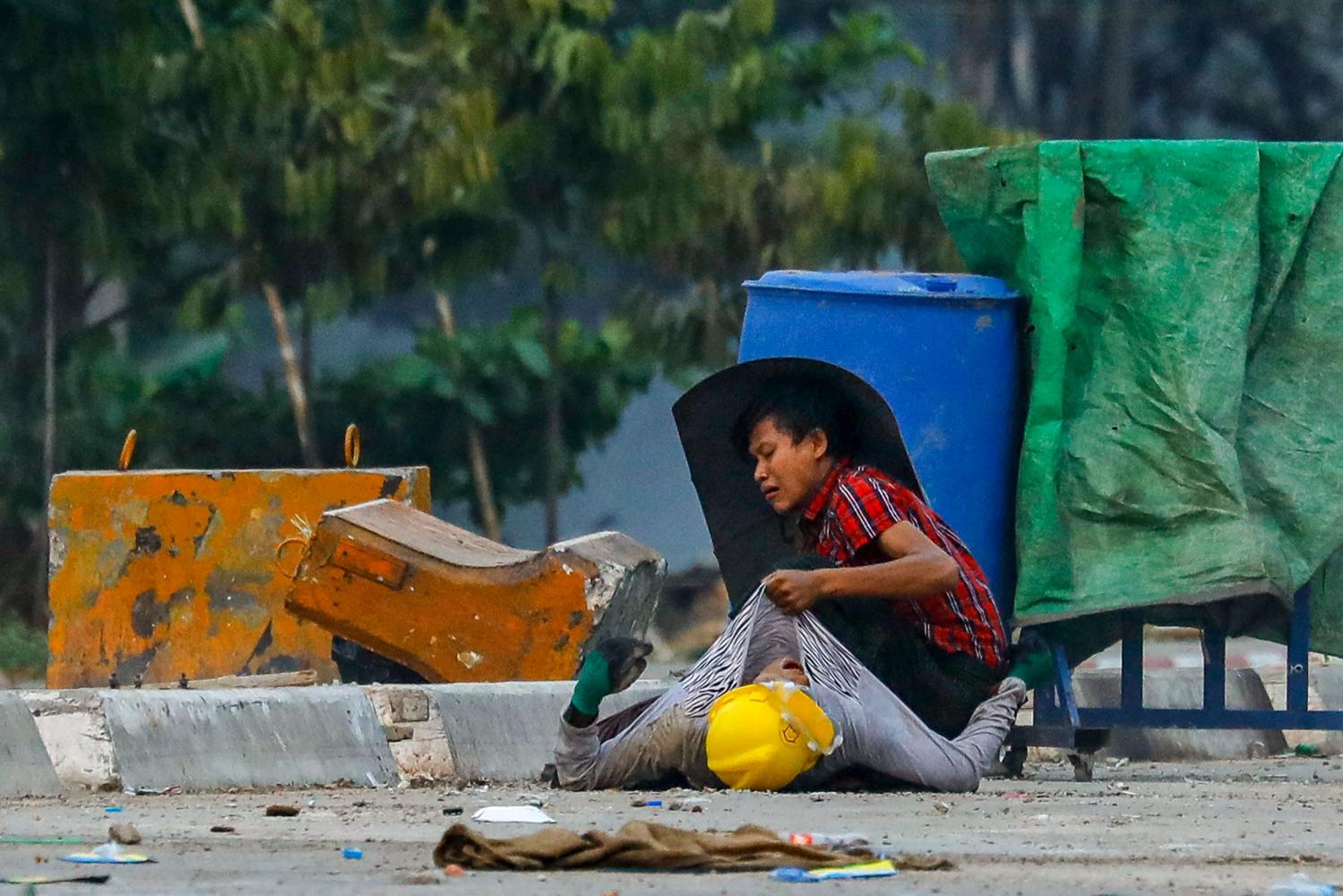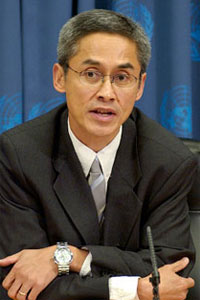
In 2009, Asean established a long-awaited regional human rights body in the form of the Asean Intergovernmental Commission on Human Rights (AICHR). This commission has now undertaken a self-assessment of its work in recent years, and it covers some of the innovative measures identified below. Complementary to AICHR, there also came into being the Asean Commission on the Rights of Women and Children (ACWC) and other sectoral bodies.
The lingering question over the past decade has been whether such commissions can undertake a more protection-oriented role such as monitoring and assessing human rights situations, investigating violations and receiving complaints related thereto, as well as recommending redress. While AICHR and ACWC have to follow their terms of reference which set out the parameters for their work, creative initiatives on the part of some, if not all, of the members of these commissions help to concretise more protection-related actions, and this can be advanced by their work plans, such as the current AICHR Workplan 2021-25.
Notably, in recent years, members of AICHR have issued statements of concern in regard to key problems in the region, such as the situation in Myanmar, without waiting for consensus from all 10 AICHR representatives. This X minus Y formula is a healthy development, especially as the credibility of AICHR is likely to suffer if it sits still on issues which require a substantive response. On a welcome note, the body managed to issue by consensus a statement over the Covid-19 pandemic, and this should invite further collaboration with ACWC and other bodies to join in statements of shared concern, leveraging for attention.
With every session of AICHR, there is also now a window to discuss country situations. This may gradually develop to enable commission members to make suggestions to a concerned country to address key issues. This might delve more into issues of prevention, as Asean itself has now committed to a "culture of prevention", triggering early warnings and perhaps even interim measures to forestall and mitigate threats.
The commission has opened the door to various thematic studies prepared under its auspices, such as on business and human rights, the right to education concerning tertiary education, and more recently legal aid. These might be expanded to become public hearings/inquiries where a variety of stakeholders can come forward to air views for a more participatory Asean. There should also be more linkage with the parliamentary arm of Asean, such as the Asean Inter-Parliamentary Organization.
The work plan mentioned addresses the window of country visits to learn about a country's situation on human rights. Thailand already opened the door to this possibility a while ago when it invited the other Asean member countries to visit and learn about labour rights and related protection. Gradually, if confidence is augmented, these visits might evolve into visits of a more investigative kind.
There is then the question of data and assessment of human rights implementation. A month ago, AICHR organised a seminar on the issue of whether Asean should have a regional human rights index to measure the implementation process. The easier side of such indexing is of a qualitative kind, such as compiling recommendations from the various international human rights treaties, UN Special Procedures and the UN's Universal Periodic Review to guide needed actions in regard to each country. The more difficult side might be the quantitative side where gathering data on sensitive areas, such as attacks on human rights defenders, might be challenging.
Yet, in regard to the latter, Asean already has various tools to measure progress and regress. The organisation now has snapshots of how each country is implementing the universally agreed Sustainable Development Goals (SDGs) with a bearing on human rights. A recent snapshot on SDG number 16 on birth registration indicates, for instance, that about 77% of children are being registered at birth, while a number of named countries fall behind regarding the missing 23% who need to be registered. What about an Asean human rights scorecard?
On another front, while countries might be hesitant to adopt a regional investigative mechanism premised on responsibility and accountability, AICHR might experiment by setting up a sub-committee to undertake the task and or a special procedure in the form of a special rapporteur to do this work gradually. Investigations would ensure fuller access to victims and witnesses to gather testimonies and cross-check the evidence before indicating needed redress. Ironically perhaps, pre-empting that stepping stone from Asean, there are already several international investigative mechanisms covering the Asean region. These include the UN's Independent Investigative Mechanism on Myanmar and the UN special rapporteurs on human rights in Myanmar and in Cambodia.
Finally, the issue of the communications procedure to receive complaints from victims is now part of the AICHR Workplan. Basically, affected persons can lodge a complaint with the Asean secretariat which can then be channelled to the representative of the concerned country. Obviously, the logical recipient subsequently is the national human rights commission or focal point in the country in question. However, the procedure is confidential, and monitoring is needed to vet whether this leads to genuine redress or merely perfunctory acknowledgement. For the moment, since it is experimental, it has a flexible tone, and there is no requirement that the complainant must exhaust local remedies, such as using the national courts, before addressing AICHR.
The Asean summit, foreign ministers and its panel of experts reviewing AICHR should well support those stepping stones. Given that one country, Myanmar, is currently off the Asean track in terms of its unacceptable behaviour, the preferred way for Asean is not to be fixated on the age-old consensus principle. Awaiting AICHR's creativity is also the need to have a general comment addressed to Asean underlining that human rights protection and related advocacy are not interference in the internal affairs of a state. They are simply part of the preferred Asean way which should respect the all-embracing, international jurisdiction of human rights where a state is unable or unwilling to protect its population.
